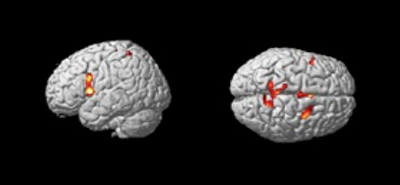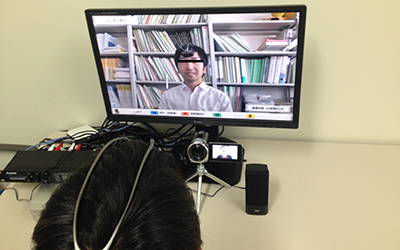Front Line Research
Through functional neuroimaging, we have discovered distinctive neural networks in air traffic controllers' brains. We seek to utilize the knowledge gained to create safer skies.
Air traffic controllers' job: where higher level of expertise is required.
According to "Aircraft Movements 2011 FINAL," the average number of takeoffs and landings at Tokyo International Airport (Haneda Airport) per day is 1,040. Hartsfield-Jackson Atlanta International Airport (Georgia, USA), which is said to be the busiest airport in the world, handles about 2,530 aircrafts per day, according to the same report. While we cannot make simple comparisons between the two due to differences in airport size, the number of runways and other factors, what they do have in common is an anticipated continued increase in demand.
Air traffic controllers play an important role in safely and effectively controlling the skies that have become crowded with flights. Many people know about what they do as they have often been the subject of TV shows and novels. While responding rapidly to ever-changing factors such as wind direction and weather, aircraft characteristics, remaining fuel, or someone who may require emergency treatment, air traffic controllers are responsible for maintaining smooth flight navigation. Their jobs require higher level of expertise.
Takahashi Laboratory has been involved in the research of the human factor in aviation for more than 10 years. In the beginning, we explored cockpit interfaces which are composed of multiple elements such as gauges, switches and monitors alongside pilots in active duty. Thereafter, focusing on air traffic controllers, we have been expanding our research into cognitive systems engineering employing functional neuroimaging.

The active regions of an air traffic controller's brain. It shows that the right premotor cortex, superior parietal lobe and left frontal lobe are vigorously activated.



